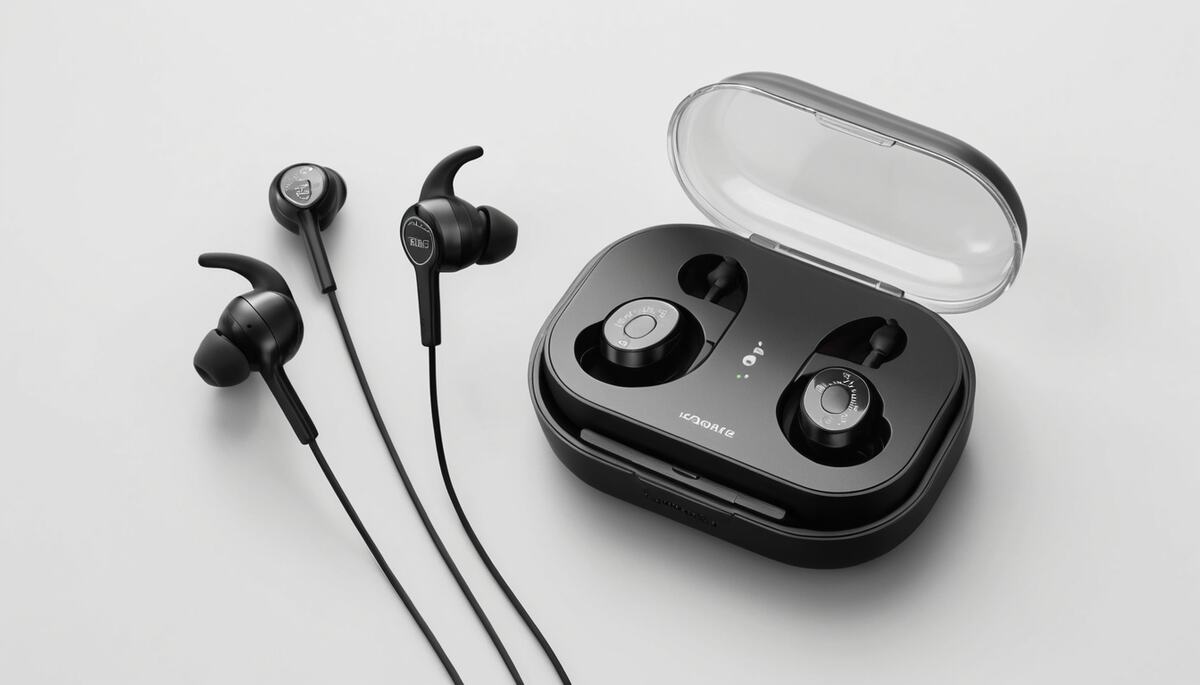Seamless gameplay on the PlayStation 4 begins with properly connecting your controller. Whether setting up your console for the first time or syncing a second controller for multiplayer action, understanding the process can save you time and frustration. Here’s a comprehensive guide on How Do You Connect a PS4 Controller to a PS4 with ease.
Getting Ready for the Connection
Before diving into the technicalities, ensure you have the necessary tools to complete the process. You’ll need:
- A PlayStation 4 (any model: Slim, Pro, or Standard)
- At least one DualShock 4 controller
- A USB-A to micro-USB cable (the one typically included with your PS4)
If you don’t have a USB cable handy, ensure you acquire one, as it’s the easiest way to establish the connection.
Syncing the Controller with a USB Cable
To begin, turn on your PS4 using the physical button on the console itself. For now, avoid pressing any buttons on the controller.
- Plug the USB Cable: Insert one end of USB cable into any available USB port on your PlayStation 4. The other end should be connected to the micro-USB port at the top of your controller.
- Activate the Controller: Press the PlayStation button at your controller’s center. The light bar should illuminate in blue, signifying it’s successfully paired. Sometimes, you may need to press the button more than once to establish the connection.
- Choose Your Profile: Once the controller is connected, your PlayStation will prompt you to select a profile. Choose your preferred user account to proceed.
If the controller doesn’t connect, the issue may lie in the cable. Trying a different USB-A to micro-USB cable can often resolve the problem.
Adding Another Controller Through Bluetooth
Are you looking to connect a second, third, or even fourth controller without the hassle of additional cables? The PS4 controller also supports wireless connections via Bluetooth. Follow these steps to pair your controller without the need for a USB cable:
- Turn on the PS4: Use the console’s power button to boot up your system.
- Activate Bluetooth Mode: Hold the PlayStation button on the new controller for a few seconds until the light bar blinks, signaling it’s in pairing mode.
- Navigate to Settings: Using the controller that’s already connected, head to the PlayStation’s settings. Under ‘Devices,’ select ‘Bluetooth Devices.’
- Select the New Controller: Once the new controller appears in the Bluetooth list, choose it and follow any on-screen instructions to complete pairing process.
Troubleshooting USB Connection Issues
If connecting via USB doesn’t work, there are several steps you can take to troubleshoot the problem:
- Try a Different Port: If your PS4 Pro has a USB port on the back, use that instead. Alternatively, switch between the front ports on the standard PS4.
- Swap the Cable: Use a different USB to micro-USB cable, preferably from another device such as an Android smartphone. This can rule out whether the cable or the controller itself is the issue.
- Charge the Controller: If the controller’s battery is low, plug it in and let it charge for a while before attempting to connect it again.
If the light bar still doesn’t flash in blue or yellow, it could indicate a hardware malfunction. You may need to try connecting a different controller or use another cable.
Troubleshooting Bluetooth Pairing Problems
If your PS4 isn’t detecting your new controller in the Bluetooth settings, you may need to enable pairing mode manually:
- Hold the PlayStation Button: Press the PlayStation button for about three seconds.
- Activate Pairing Mode: Simultaneously hold down the ‘Share’ button (located above the directional pad) and the PlayStation button. The light bar should start blinking rapidly, indicating that the controller is ready to pair.
- Select the Controller: Once the controller appears in the Bluetooth menu, click on it to connect.
When All Else Fails
If your controller still refuses to connect, the issue could be hardware-related. Test the USB cable by connecting it to another device, such as a smartphone, to confirm. If the cable works with the phone, the problem likely lies with the controller’s micro-USB port.
In such cases, purchasing a new USB-A to micro-USB cable may be the simplest solution. However, if the port on the controller is damaged, a repair or replacement of the controller might be necessary.
Frequently Asked Questions (FAQs)
Why won’t my PS4 controller connect to console?
There could be several reasons your controller isn’t connecting. The most common issue is a faulty USB cable, so try using a different one. Additionally, ensure your console is powered on, and your controller is charged. Resetting the controller or updating the PS4 firmware may also resolve connection problems.
How do I reset my PS4 controller?
To reset your PS4 controller:
1. Turn it over and locate the small reset button near the L2 trigger.
2. Use a pin or a paper pin to press the button for a few seconds.
3. After resetting, reconnect the controller using the USB cable and press the PS button to pair it again.
Can I connect my PS4 controller wirelessly?
Yes, after initially pairing the controller with a USB cable, it will connect wirelessly via Bluetooth. Press the PS button to turn it on and automatically sync with the console.
What do the lights on my PS4 controller mean?
The light bar on the PS4 controller stipulate various statuses. When the controller is trying to connect, it blinks. Once paired, it displays a solid color corresponding to the player's number. For example, player one is blue, player two is red, player three is green, and player four is pink.
Why does my controller keep disconnecting?
Frequent disconnections may be caused by low battery, interference from other wireless devices, or a Bluetooth issue. Try recharging the controller fully, resetting it, or moving closer to the console. If the problem persists, you may need to update your PS4 system software.














